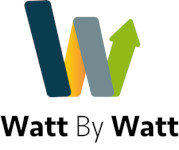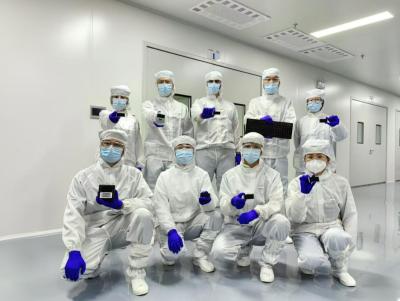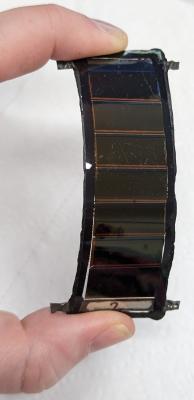This is a sponsored post by Springer Nature
Perovskite materials have captured the attention of researchers worldwide due to their remarkable properties and versatile applications. These materials are being extensively studied for use in solar cells, photodetectors, field-effect transistors, light-emitting diodes (LEDs), and spintronics. Perovskites are unique because they offer a combination of high efficiency, low manufacturing costs, and the potential for flexibility and transparency. This makes them highly attractive for various cutting-edge technologies.
Given the relevance of the topic and the growing significance of perovskite materials, Sharon George, Senior Editor, Product Management SpringerMaterials, collaborated with Springer Nature’s blog The Link and interviewed Nature Communications editors to gain some of their insights into Emerging Trends in Perovskite Research - find out more about her findings below.

Image 1: from One-step dual-additive passivated wide-bandgap perovskites to realize 44.72%-efficient indoor photovoltaics, Energy & Environmental Science – https://doi.org/10.1039/D3EE04022D
Advancements in photovoltaics: from tandem to indoor solar cells
Photovoltaics is one of the most hotly discussed topics in perovskite research. According to Natalie Lok Kwan Li (Senior Editor, Nature Communications), current research is heavily focused on improving the performance of solar cells and modules. One of the most exciting advancements in this area is the development of tandem solar cells. These cells combine perovskite materials with other semiconductors to achieve higher efficiencies than traditional single-junction solar cells.









